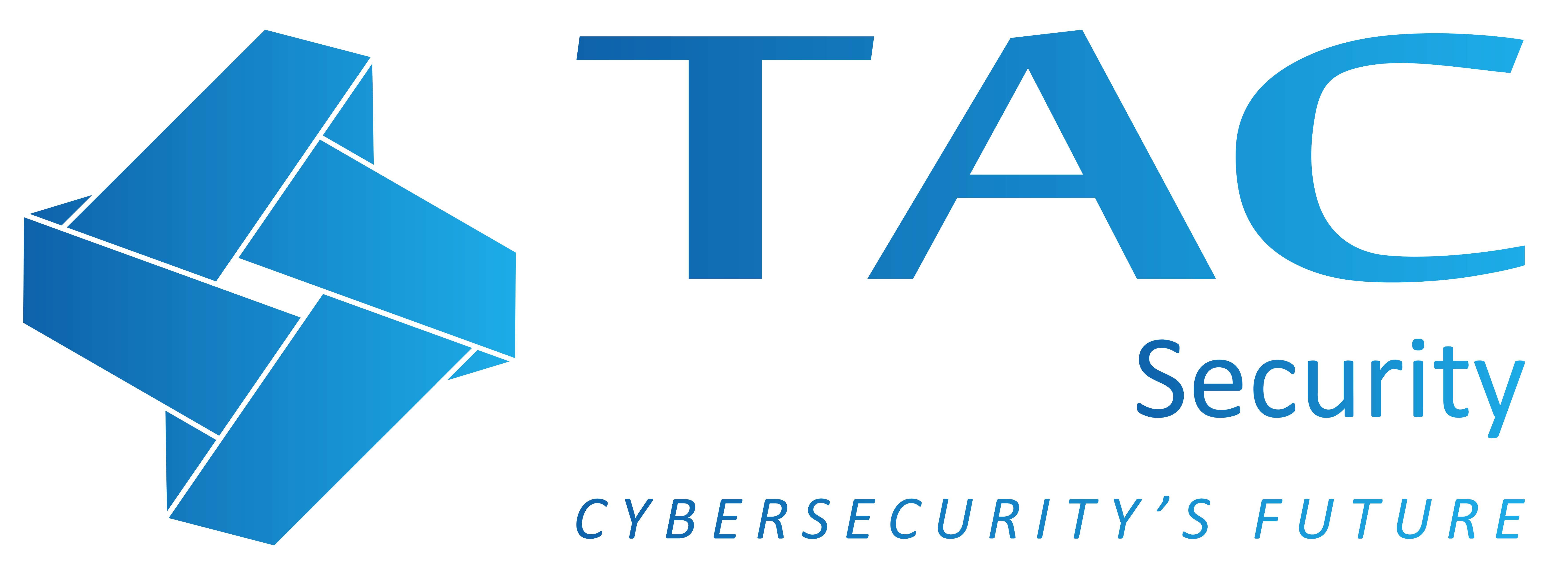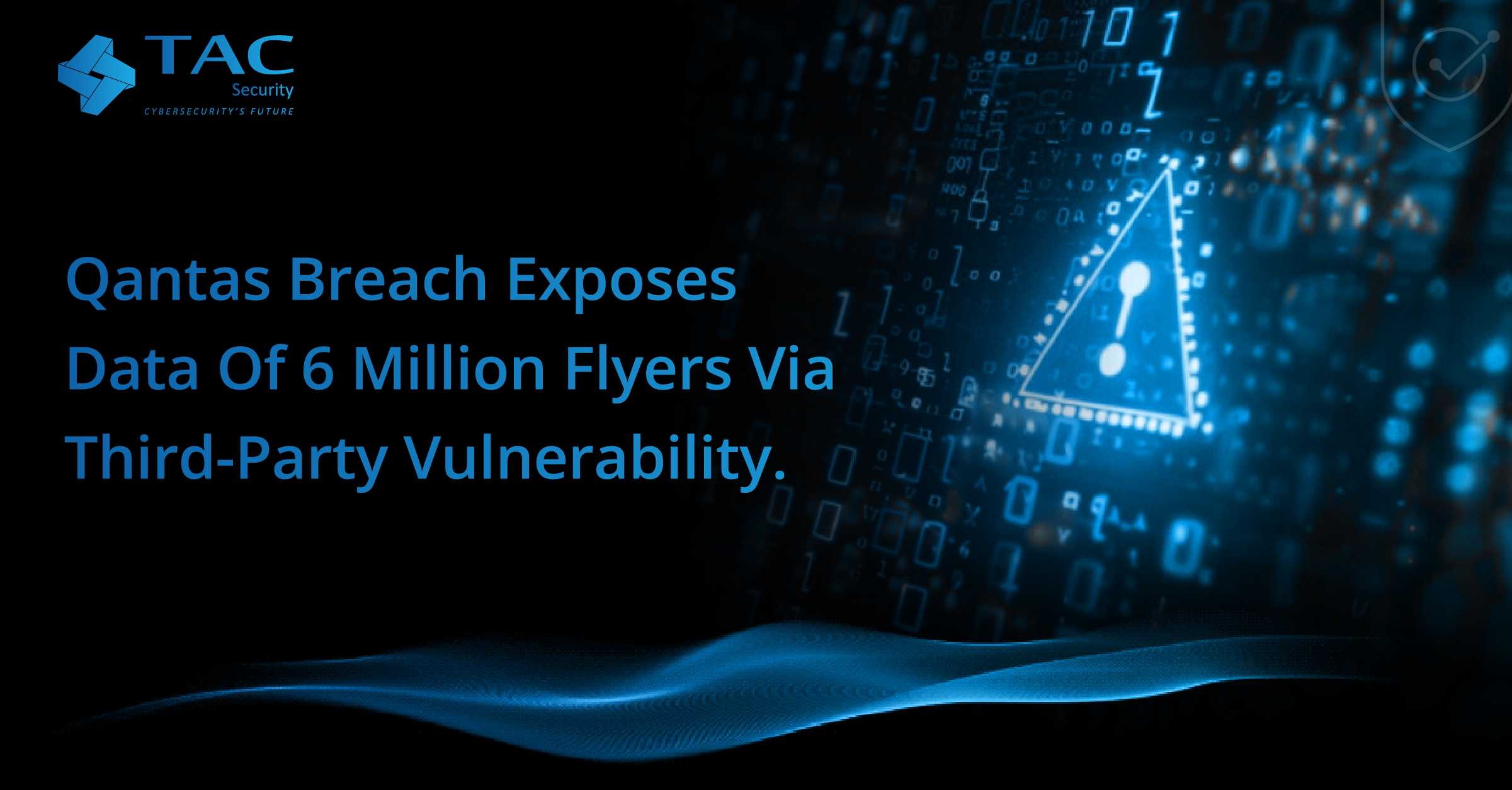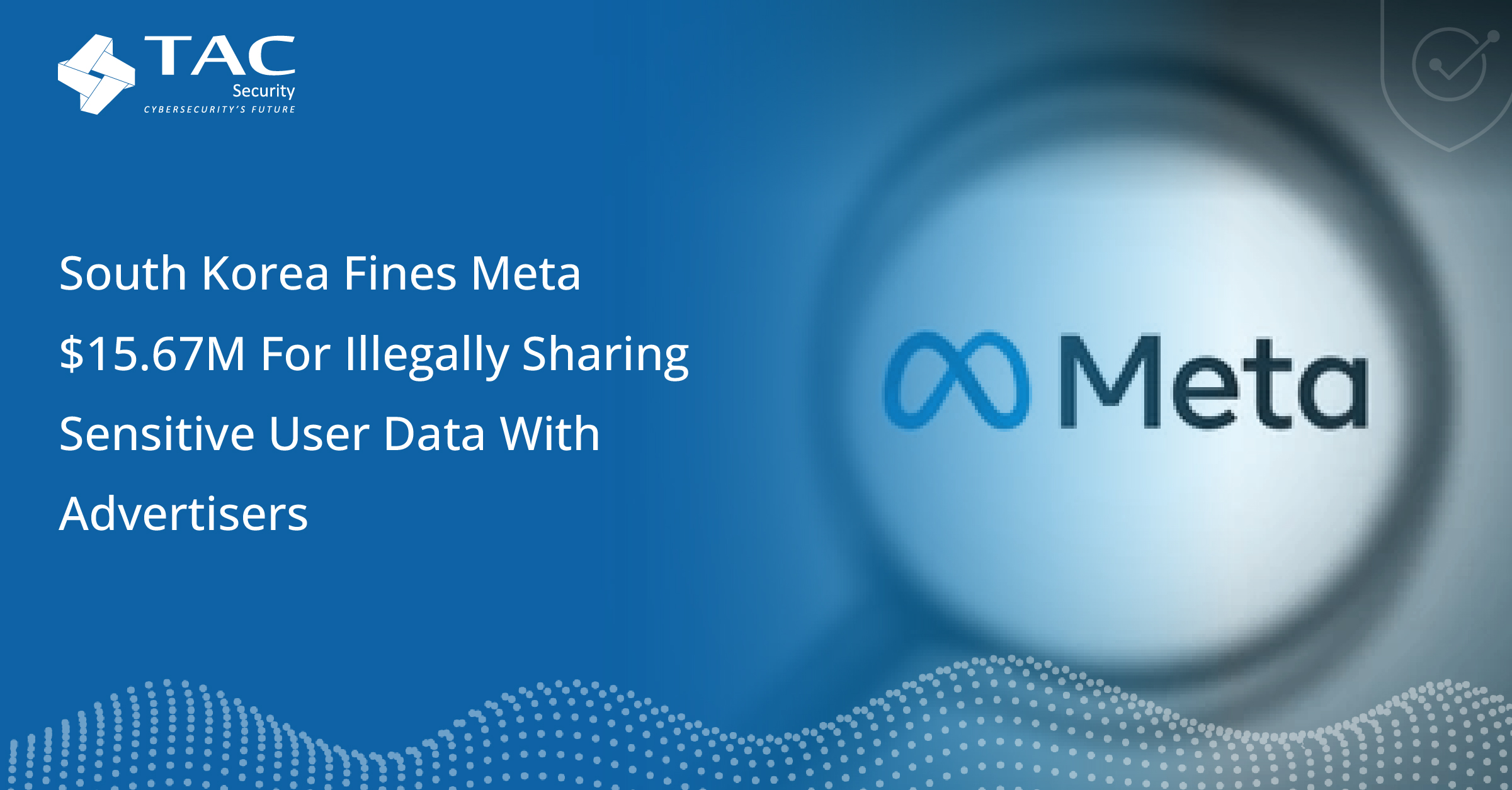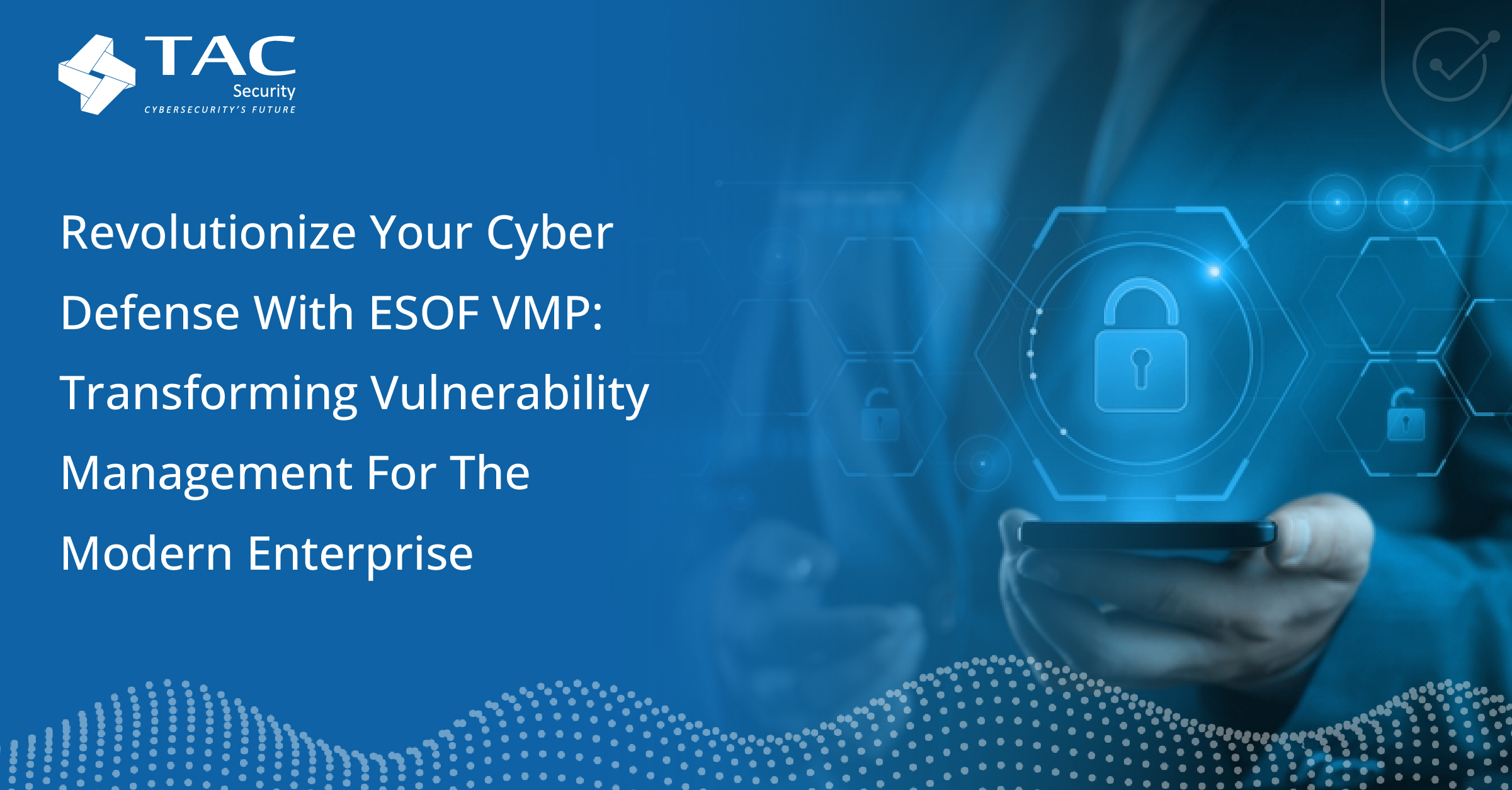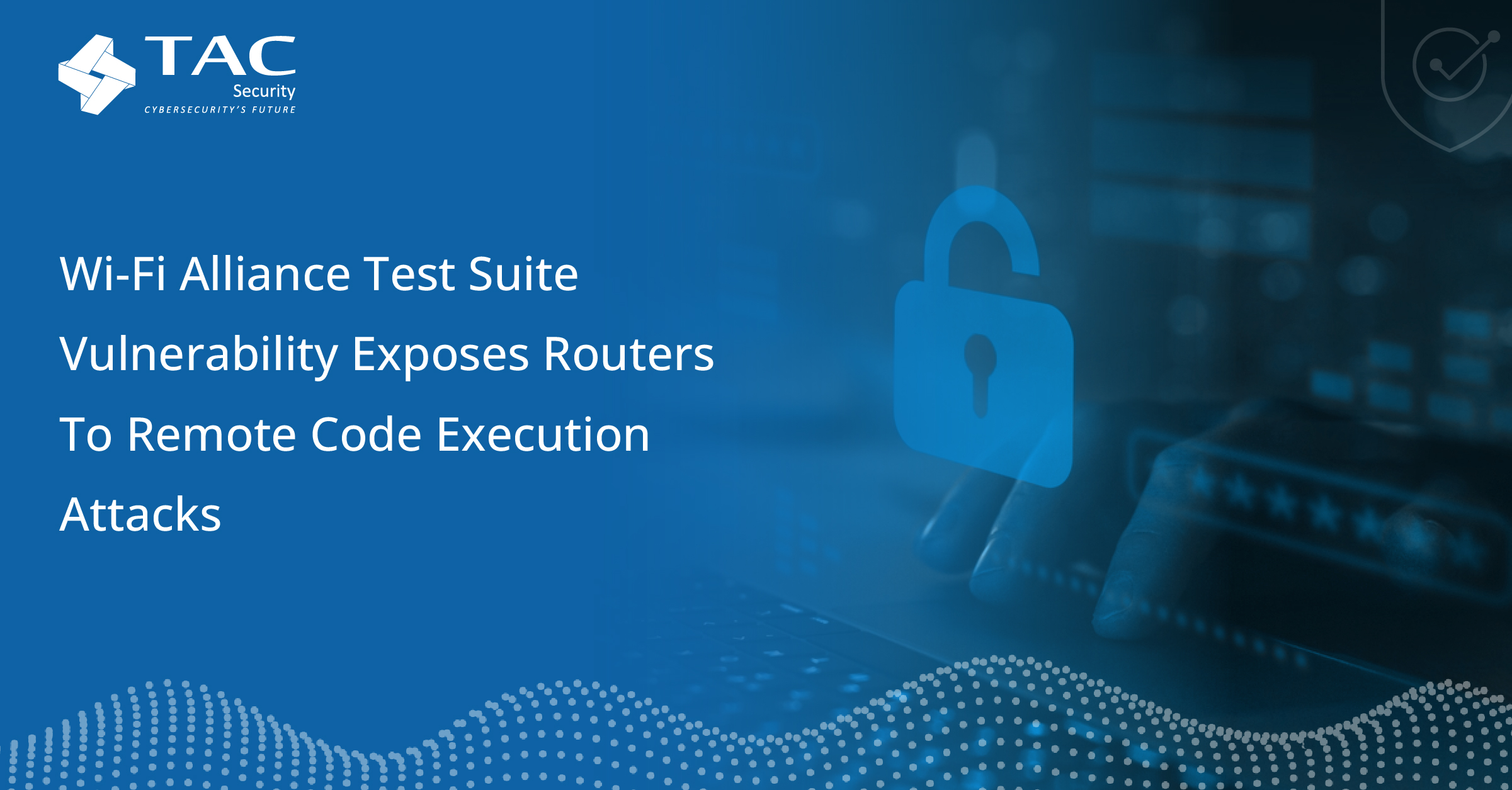Change Healthcare’s February Ransomware Attack Affects 100 million People: What You Need to Know
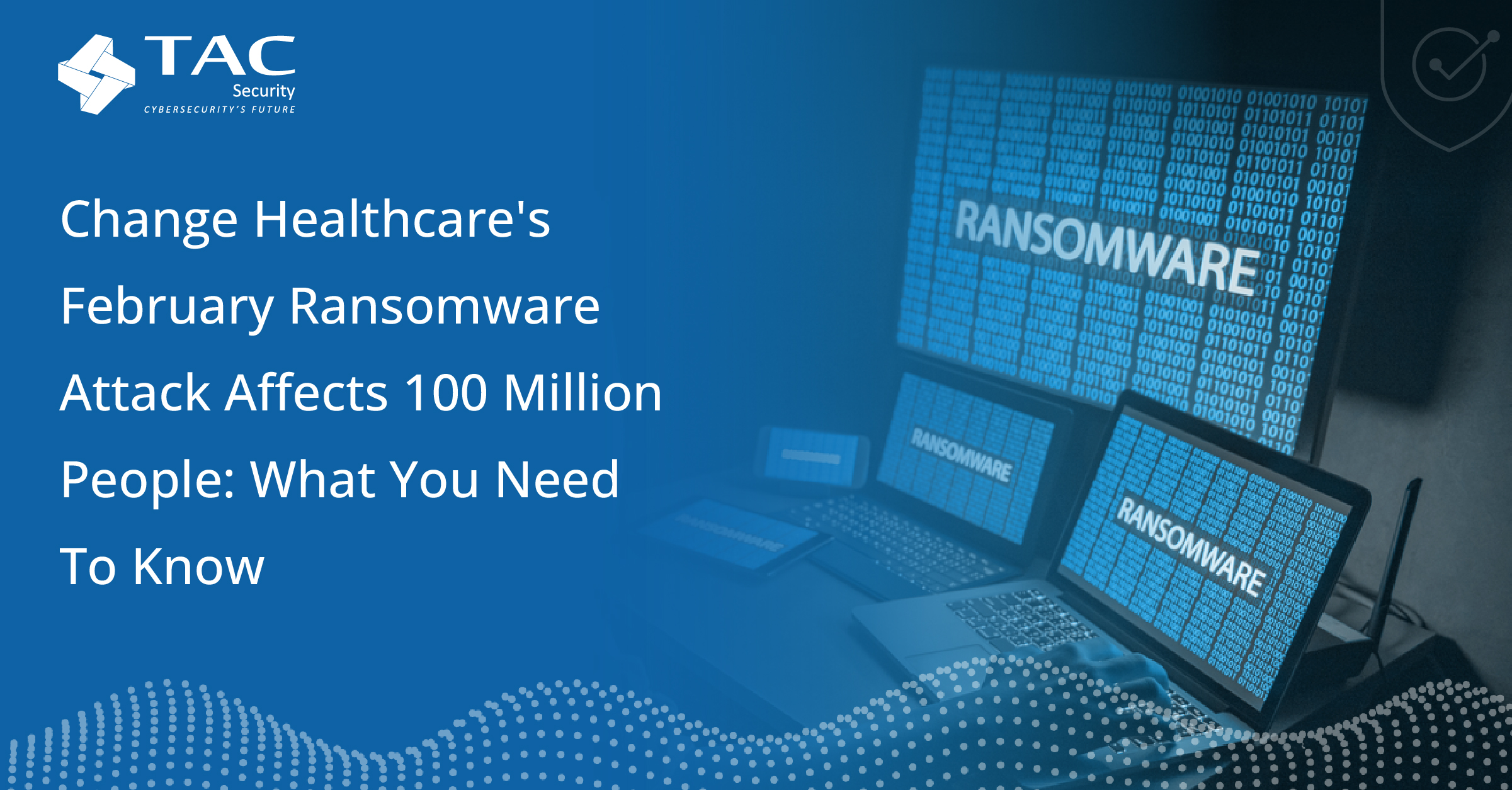
In a major cybersecurity incident, Change Healthcare, a key player in healthcare technology solutions, disclosed a ransomware attack that occurred in February, impacting around 100 million individuals. This breach is one of the most significant healthcare-related cyberattacks to date, underscoring the growing threat of ransomware to critical infrastructure and the sensitivity of healthcare data.
What Happened?
Change Healthcare, which provides data and technology solutions to healthcare providers and insurers, confirmed that a ransomware attack in February had compromised systems, affecting the personal information of approximately 100 million individuals. The exposed data potentially includes patient records, insurance details, medical billing information, and other sensitive health-related data.
The company reported the attack’s impact to regulatory authorities and began notifying affected customers and partners. While Change Healthcare has not disclosed the exact nature of the ransom demand or the identity of the attackers, the breach’s scope is alarming due to the volume and sensitivity of the compromised information. The attackers may attempt to use the stolen data for extortion, fraud, or identity theft.
The Growing Threat of Ransomware in the Healthcare Sector
The healthcare industry has become an increasingly attractive target for cybercriminals due to the high value of medical data and the critical nature of healthcare services. Ransomware attacks can disrupt healthcare operations, delay patient care, and threaten patient safety. For criminals, healthcare organizations are lucrative targets because they may be more likely to pay ransoms to restore access to systems and avoid regulatory penalties or lawsuits.
Healthcare organizations often face unique cybersecurity challenges, including:
- Legacy Systems: Many healthcare facilities use outdated software and equipment, which may lack modern security features.
- Complex IT Environments: The healthcare sector’s vast network of systems and devices (often interconnected) creates multiple points of vulnerability.
- Regulatory Pressures: Compliance requirements for data protection, such as HIPAA in the U.S., add another layer of complexity to managing cybersecurity in healthcare.
- Target-Rich Environments: The sensitive nature of medical records and personal health information makes these organizations prime targets for extortion.
Impact on Affected Individuals
For the roughly 100 million people whose information may have been compromised, the consequences can be severe. Potential risks include:
- Identity Theft: Personal information such as Social Security numbers, addresses, and health insurance details can be used to steal identities.
- Medical Identity Theft: Attackers can exploit stolen healthcare data to commit insurance fraud, such as filing false claims or obtaining medical services under the victim’s identity.
- Increased Phishing Attacks: With access to detailed personal data, cybercriminals can craft sophisticated phishing schemes targeting individuals or healthcare providers.
Change Healthcare has advised affected individuals to be vigilant for any unusual activity in their accounts, including medical records and credit reports. The company is also offering free credit monitoring services to help those impacted safeguard their identities.
The Role of Cybersecurity Solutions
To combat these rising threats, educational institutions must adopt comprehensive cybersecurity measures. TAC Security’s Enterprise Security in One Framework (ESOF) offers a robust solution:
1.Vulnerability Management: ESOF continuously identifies and addresses security weaknesses, reducing the likelihood of exploitation, as seen in the BBZ incident.
2.Incident Response: The framework facilitates swift incident response, enabling institutions to mitigate the effects of attacks effectively.
3.Threat Intelligence: Real-time threat intelligence keeps institutions informed about emerging threats, allowing for proactive security measures.
4.Compliance and Reporting: ESOF helps maintain regulatory compliance and generate necessary reports, reducing legal risks associated with data breaches.
Conclusion
The ransomware attack on Change Healthcare, affecting 100 million people, is a stark reminder of the critical need for enhanced cybersecurity measures in the healthcare industry. With patient data increasingly becoming a target for cybercriminals, healthcare organizations must adopt comprehensive security strategies, invest in cutting-edge technology, and ensure compliance with regulations.
The incident serves as a crucial lesson for the industry: in an era where data is a prime target, proactive cybersecurity measures are not optional—they are essential. The ability to quickly detect and respond to threats will determine how well organizations can protect their patients, maintain trust, and minimize the impact of future attacks.
